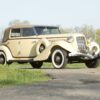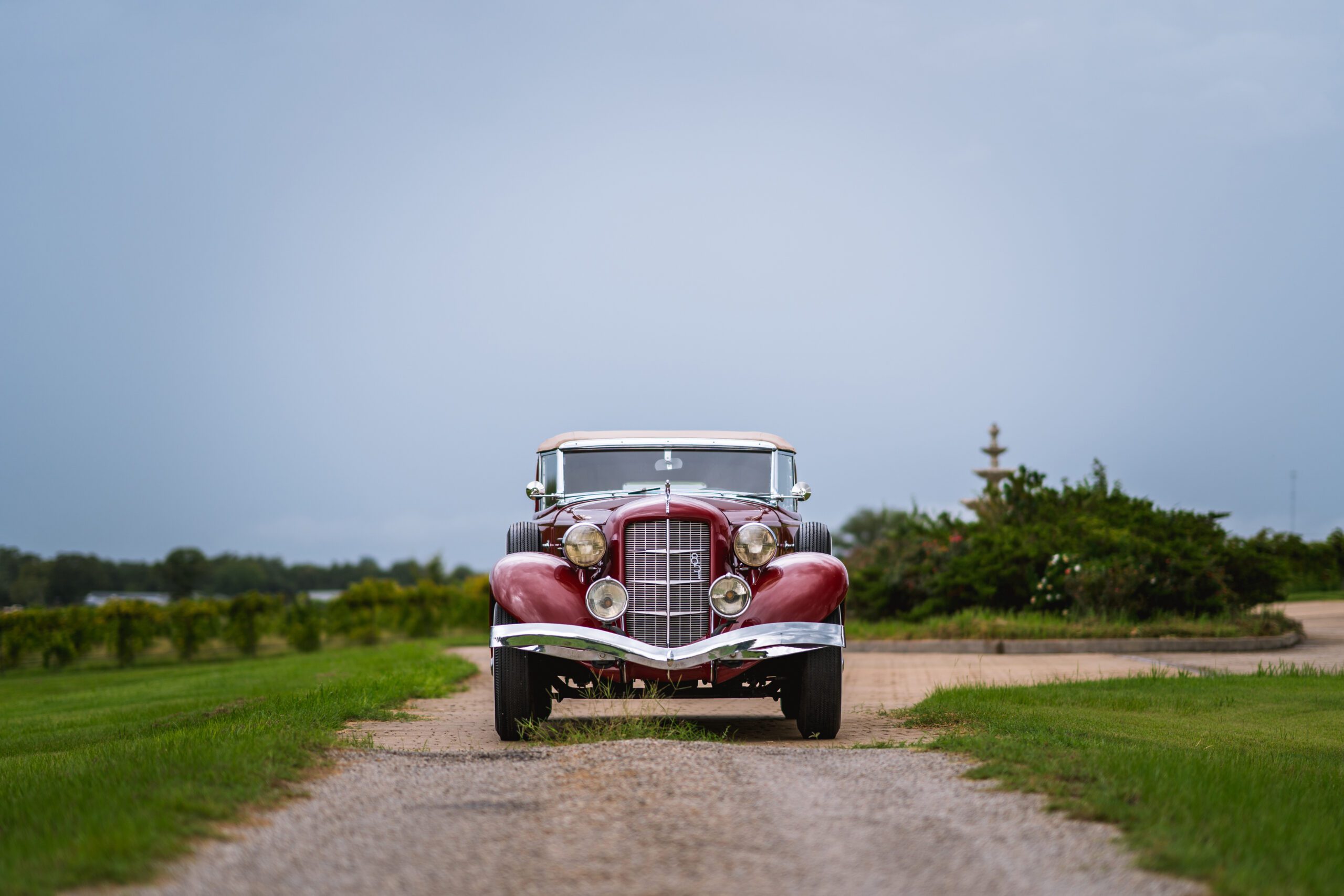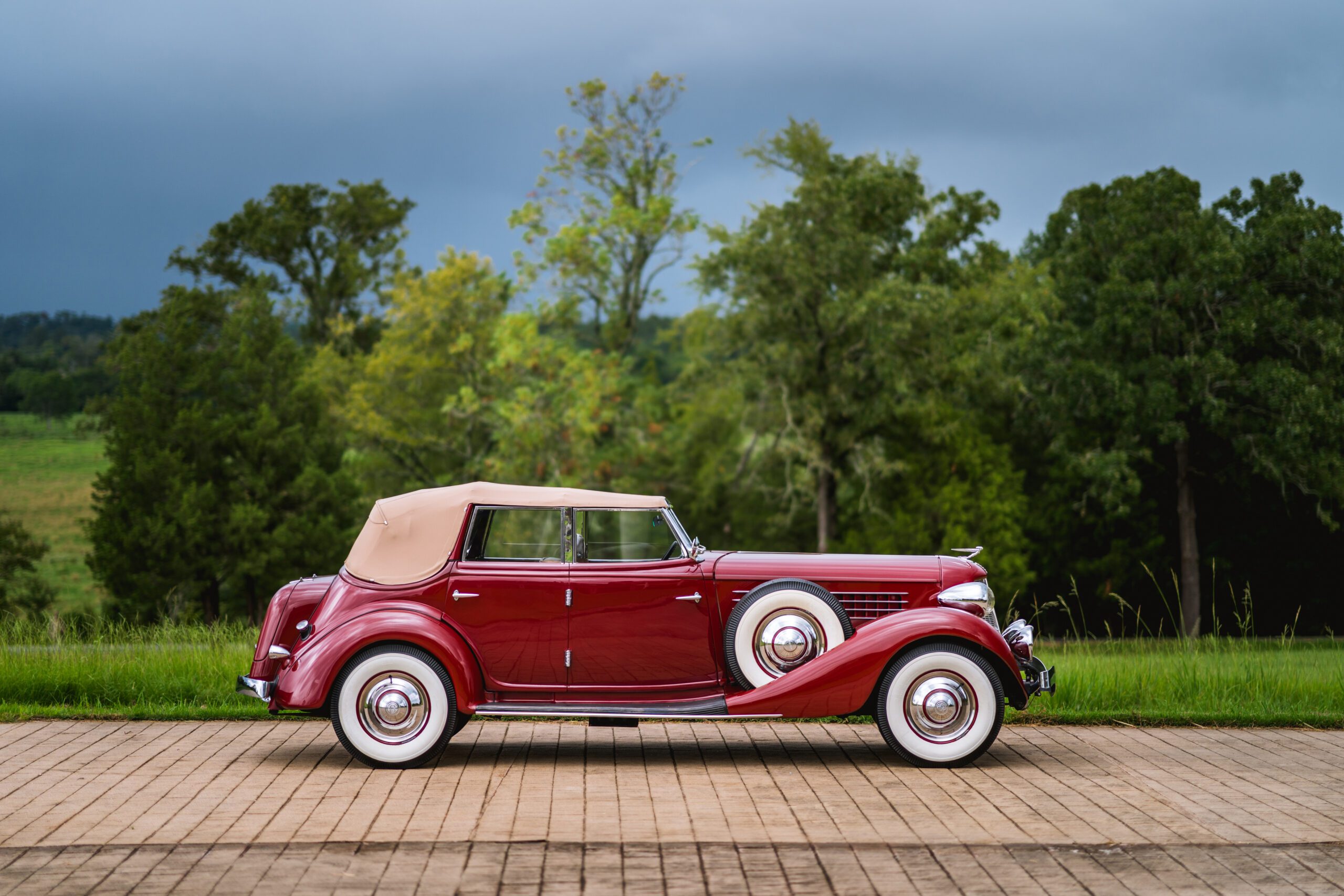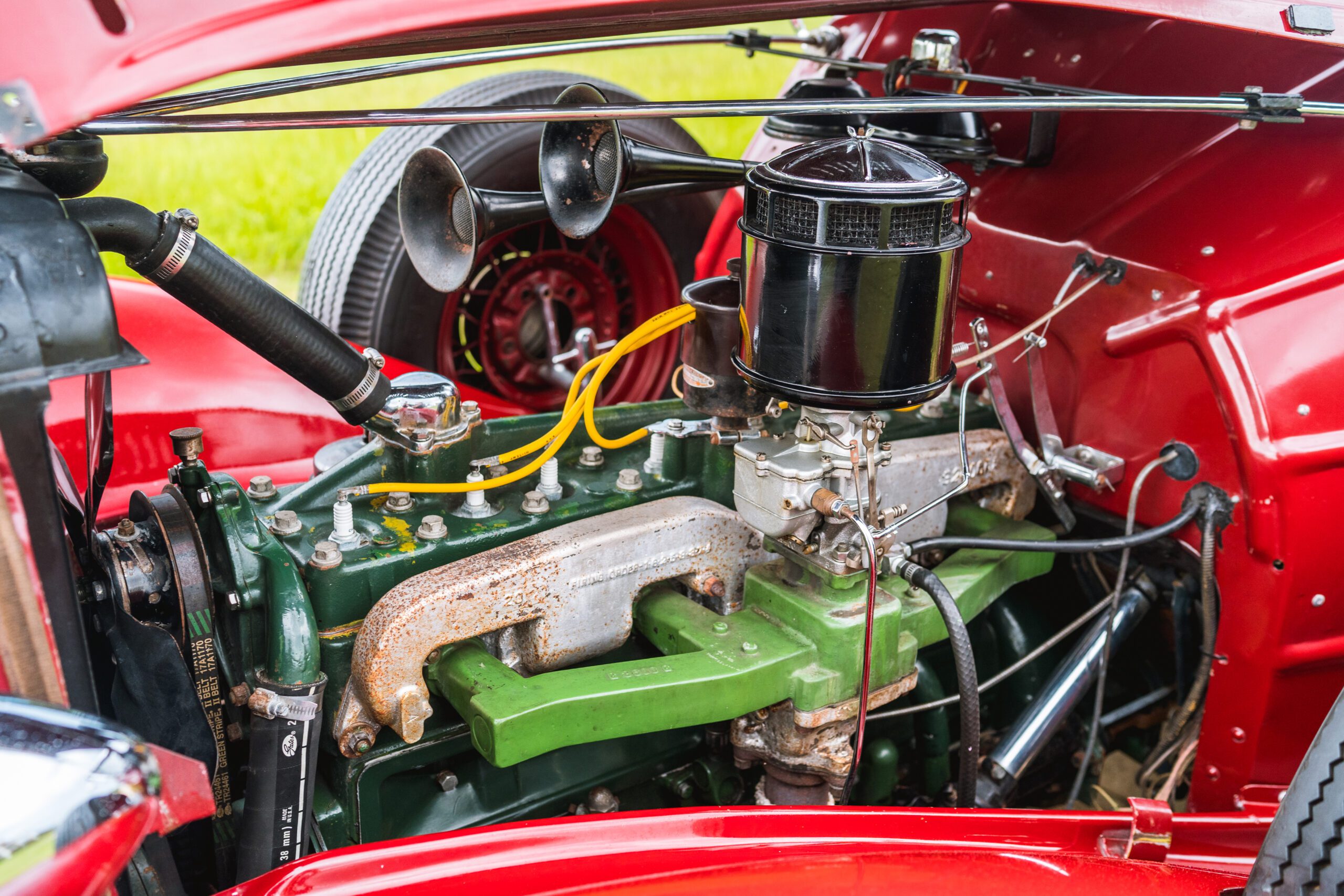During the formative years of the American automobile industry, inventor-engineers drove its development, but the interwar period witnessed a shift, with entrepreneurs like Errett Lobban Cord shaping its trajectory. Cord’s early financial rollercoaster, experiencing gains and losses of $50,000 three times before 21, epitomized his daring spirit.
When Cord assumed leadership at Auburn in 1924, the company faced bankruptcy due to overproduction. However, Cord’s visionary restyling initiatives revitalized Auburn’s sales, laying the foundation for a remarkable automotive empire.
Auburn’s journey began modestly in 1900 with the Eckhart brothers’ single-cylinder runabout, evolving into multi-cylinder models before their exit in 1919. Cord’s arrival heralded a resurgence, marked by innovations like fitting Lycoming straight-eight engines and bold redesigns, boosting sales for consecutive years. By 1926, Cord ascended to the presidency of Auburn, propelling the brand to prominence.
The introduction of eight-cylinder Auburns not only contested speed records but also offered unmatched value, captivating enthusiasts and industry observers alike. Despite subsequent challenges amid Cord’s expanding business interests, the pinnacle arrived in 1935 with the Auburn 851, epitomizing American automotive excellence. Designed by Gordon Buehrig, it boasted supercharged performance and striking aesthetics, defining an era of automotive elegance.
While Cord’s empire met a tumultuous end, the legacy of Auburn’s 851 endures as a symbol of automotive magnificence, encapsulating the era’s unparalleled style and innovation.
Photo Source: RM Sotheby’s

















